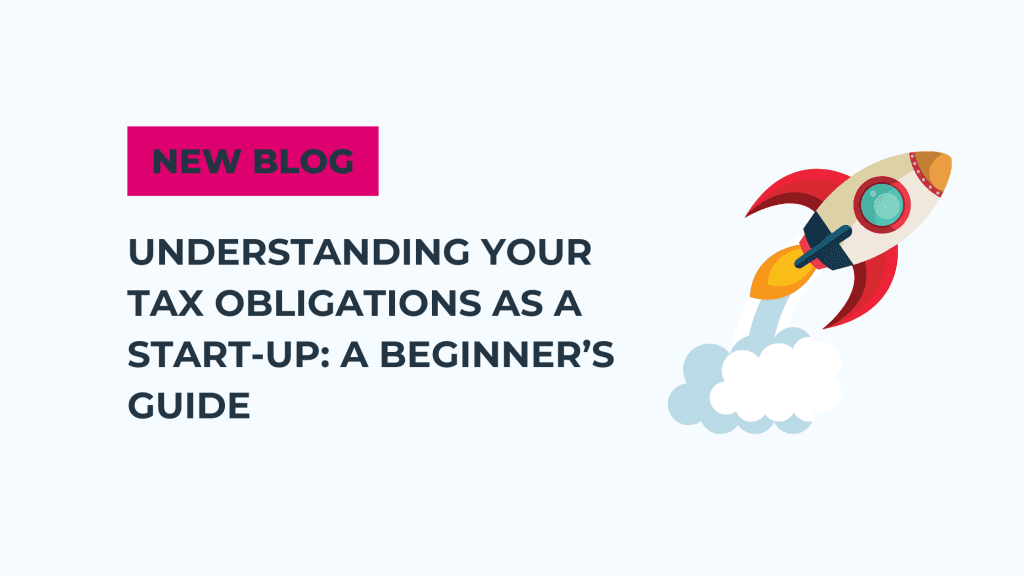
After months of speculation, we finally have the details of the first budget from the new labour government. It appears…

After months of speculation, we finally have the details of the first budget from the new labour government. It appears…

Step-by-Step Guide to Starting a Business Starting a business can be both an exciting and daunting endeavour. With the right…

How Can Business Coaching Develop Strong Leaders? In today’s competitive business environment, strong leadership is more crucial than ever. Leaders…

Understanding Your Tax Obligations as a Start-Up: A Beginner’s Guide Starting a new business is an exciting journey filled with…

What Are the Common Pitfalls in Succession Planning and How to Avoid Them? Succession planning is a critical process for…

On March 6, 2024, Chancellor Jeremy Hunt delivered a spring budget aimed at boosting public morale and securing voter support,…

Attention Business Owners, We’ve got the latest scoop on the recent Spring Budget announcement by the chancellor. Buckle up because…

Simplified Guide for Business Owners: Understanding the Spring Budget Predictions Attention all business owners! The Spring Budget is set to…

Understanding the Changing Tax Landscape Current Tax Benefits: A Favorable Position Double cab pickups are the backbone of the construction…

Elevate Your Business: A Guide to Improving Your Business Credit Score Your business credit score is a valuable asset that…